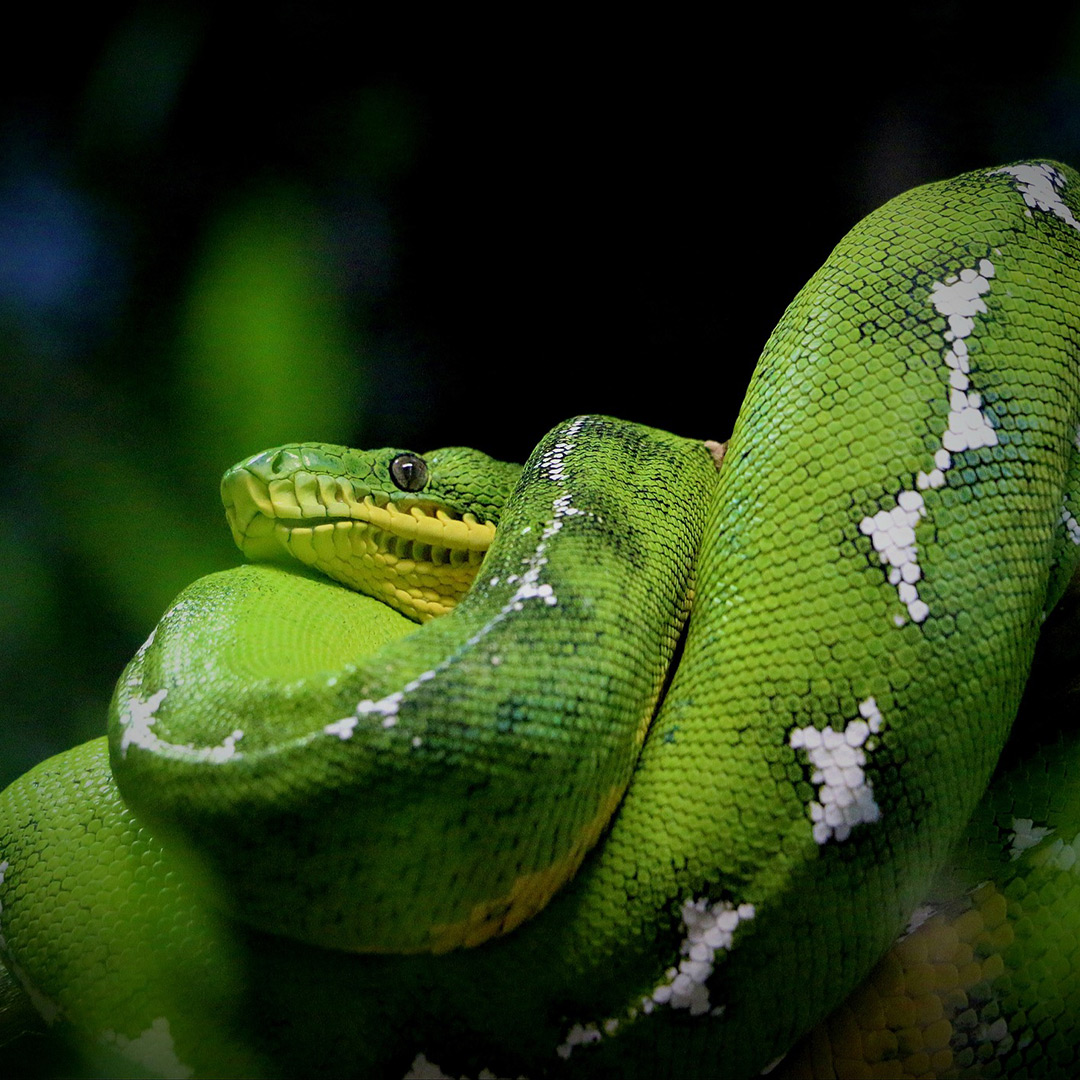Cleaning your reptile’s habitat
In my recent blog, I detailed the importance of following some simple rules on how to minimize the risk of spreading Salmonella when handling reptiles and amphibians. I hope you found that article educational and helpful. If you missed it, or want to refresh your memory, you can read it here. Working within that same theme, I want to share thoughts on how to properly clean your pet’s habitat. If your pet is a carrier of Salmonella, the bacteria also resides within their domicile, so special care is needed when cleaning it. It has been estimated that up to 70% of reptiles and amphibians are carriers of Salmonella- so the effective cleaning of your pet’s cage is important whether you have a snake, a lizard or other reptile or amphibian.
Pets are terrible housekeepers.Although some dogs can be trained to put their toys away, that isn’t what we’re talking about here. It is important that your reptile or amphibian has a clean living environment at all times. It takes a little work, but a clean environment will go a long way in keeping your pets healthy and will extend their lifespan.
I like to think of it like your home. You probably clean little things around your home every day. Larger chores are done a few times a month, and the biggest tasks happen monthly.Your pet’s habitat should be thought of in a similar way.

Before you begin
You should have dedicated cleaning supplies to be used ONLY for your reptile’s habitat. Do not ever use these cleaning supplies elsewhere in your home, or for any other purpose. They should be kept in a location that cannot be accessed by children and kept away from other pets.Some of the items you may consider are:
- Disposable Gloves
- Sponges
- Towels
- Toothbrush or other small, brush with stiff bristles
- Soap/Detergent/Disinfectant
- Eye Protection
- Face Mask
- Apron
- Large Kitchen Pot- for rocks
If your budget allows, I recommend considering a steam cleaner. Steam is the most natural way to kill bacteria, and leaves no chemicals or odors behind. Needless to say, if you choose to use a steam cleaner- NEVER use it while your pet is in their habitat. Steam will burn your pet and the consequences can be life-threatening.
A daily cleaning
Your pet’s space should be cleaned a little bit every day and should take five minutes or less. Usually you can leave your pet in their habitat. These tasks can include:
- Empty and clean food and water dishes, or replace them with clean dishes.
- Any obvious messes, including fecal matter, should be removed.
- If your pet sheds skin, this should be removed in a timely manner.
If these tasks are done every day, it can take a few minutes instead of it taking a much longer time if neglected for days at a time.
The weekly cleaning
This cleaning will take a little longer- and will require you to remove your pet(s) from their habitat. It’s usually a good idea to have a backup cage/tank to put them in while their primary habitat is being cleaned. Before starting the weekly cleaning, it is necessary to remove any organic materials- which means skin, urates, fecal matter, etc. Then clean all surfaces of the habitat with a detergent (dish soap or Simple Green work well for this). Rinse everything completely, then wipe down with your choice of disinfectant.Remember, detergent is not disinfectant. Both products are needed to effectively clean the habitat.Thoroughly rinse and dry everything before returning it to the habitat.
There are lots of different brands of disinfectant out there on the market which can be purchased at most pet stores. I like using Nolvassan or Roccal-D for my habitats.Always remember to rinse all detergents and disinfectants, as they may be irritating to your pet if not used properly. Always follow manufacturers instructions.

The Deep Clean
Some habitats may need a deep clean each month, others less often- depending on the size and type of pet- but it should be done several times per year.This, too will require your pet to be removed from their habitat. I recommend doing this outside of your home, if possible.
During the deep clean, prepare to take everything out of the habitat.All surfaces should be thoroughly scrubbed with disinfectant using a brush (an old toothbrush works great) ensuring you get into every nook and cranny.Discard all substrate. I always recommend removing any rocks and boiling them in a pot of water for a minimum of 30 minutes after they’ve been soaked in disinfectant.If you have branches or any wood that you plan on putting back in their habitat, I also recommend placing them in the oven at 225 degrees (after disinfecting and rinsing them) for 30 minutes.
This may sound like a lot, but once you get into the routine of doing this, it’s really quite easy. I can not stress this enough- make sure that everything you use during the cleaning process is used only for cleaning your pet’s habitat. Failure to do so can easily result in cross-contamination to other areas of your household making you or others sick with Salmonellosis.
